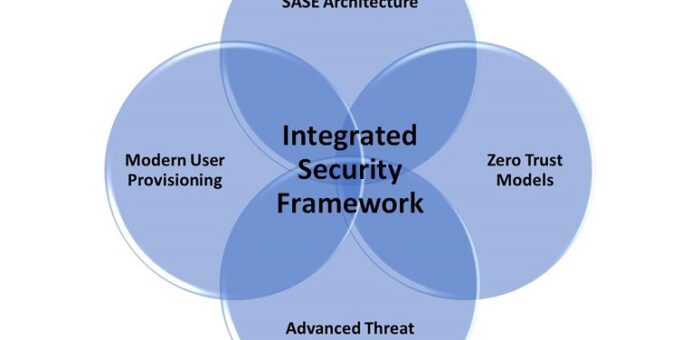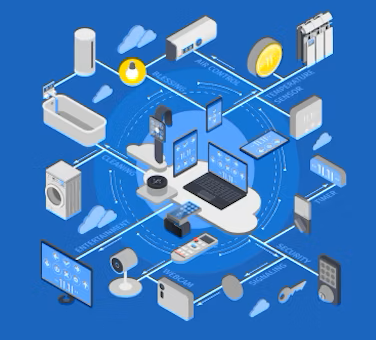In the ever-evolving digital landscape, ensuring the security and integrity of web applications has become paramount. Cyber threats are becoming increasingly sophisticated, and traditional security measures often struggle to keep pace. This is where blockchain technology steps in as a game-changer, offering a decentralized and tamper-proof framework that enhances security in web development.
Understanding Blockchain Technology
Blockchain is a distributed ledger technology that records transactions across multiple computers in such a way that the registered transactions cannot be altered retroactively. Each block in a blockchain contains a cryptographic hash of the previous block, a timestamp, and transaction data. This decentralized architecture makes it inherently resistant to data tampering and cyberattacks.
1. Enhanced Data Security
One of the most significant advantages of blockchain is its ability to secure data. By decentralizing data storage and using cryptographic techniques, blockchain eliminates single points of failure, making it exceedingly difficult for hackers to compromise systems.
For instance, in web applications that require sensitive user information, blockchain can encrypt and store data across a distributed network, ensuring that unauthorized access or data breaches are almost impossible.
2. Improved Identity Management
Blockchain-based identity management systems provide users with greater control over their personal information. Using technologies like self-sovereign identity (SSI), users can store their credentials on a blockchain and share them selectively, enhancing privacy and reducing the risks of identity theft.
Web developers can integrate blockchain to authenticate users securely without relying on centralized servers, reducing the risk of breaches and phishing attacks.
3. Securing Transactions
E-commerce platforms and applications that handle financial transactions can leverage blockchain’s transparency and immutability. Smart contracts, which are self-executing contracts with terms directly written into code, enable secure and automated transactions without the need for intermediaries.
This approach not only enhances security but also increases trust among users by ensuring that transactions are traceable and irreversible.
4. Content Authenticity and Anti-Piracy Measures
In industries like media and publishing, blockchain can ensure the authenticity of digital content and protect against piracy. Web applications can use blockchain to verify ownership, track distribution, and even manage royalties for content creators.
5. Decentralized Hosting and DNS
Traditional hosting and DNS systems are susceptible to Distributed Denial of Service (DDoS) attacks and server outages. Blockchain-based solutions like decentralized web hosting and DNS services mitigate these risks by distributing data across nodes. This ensures higher uptime, resistance to censorship, and better protection against cyberattacks.
Challenges in Implementing Blockchain in Web Development
While blockchain offers numerous benefits, its adoption in web development is not without challenges:
- Scalability Issues: Current blockchain networks struggle with transaction throughput, which can impact performance for high-traffic web applications.
- Complexity: Integrating blockchain into existing systems requires specialized knowledge and can be resource-intensive.
- Regulatory Concerns: The legal landscape around blockchain technology is still evolving, posing potential compliance issues for developers.
- Cost: Implementing and maintaining blockchain infrastructure can be expensive, particularly for small-scale projects.
The Future of Blockchain in Web Development
As blockchain technology matures, its integration into web development is expected to become more seamless and widespread. Innovations like Layer 2 solutions and more energy-efficient consensus mechanisms are addressing scalability and environmental concerns, making blockchain more viable for web applications.
Moreover, with the growing emphasis on data privacy and security, blockchain’s role in web development is likely to expand further, driving the next wave of secure and decentralized web applications.


